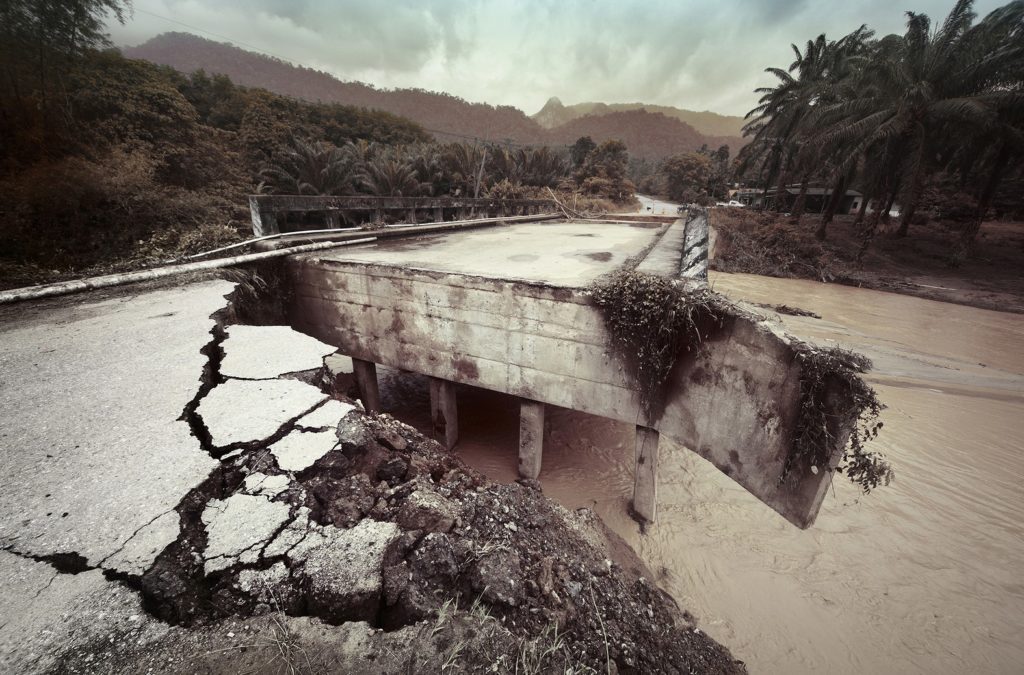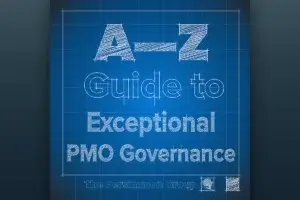How to Lead in the Age of Disruption
Reflecting on the last year, can you say that you found joy in your work? Did you have energy and focus? Did you invest time in your personal growth and development? Did you help others achieve success?
If you can’t answer the above questions with positive gusto, then ask yourself these questions:
- Where do I want to be at the close of this year?
- How do I need to work differently to get there?
- How do I help myself to more effectively lead others?
Before you answer, I encourage you to stop and really think about what it means to work and live in “The Age of Disruption.”

For more than a decade, we have experienced change, technical and social, at dizzying speeds. Few executives and leaders have time to respond to what’s coming at them, let alone focus on a longer-term picture.
The organizations who see ‘The Age of Disruption’ as an opportunity, who adapts
and evolves quickly with discipline, are the most effective.
But it doesn’t have to be that way. You can make this year the year that you become more present and intentional while accomplishing more without sacrificing quality over quantity.
What do I mean by this? Let’s start with what I don’t mean. I’m not talking about new-age positive “kumbaya” thinking. (Although I do believe attitude and personal energy matter.)
I’m talking about practical things you can do to create a culture where you and your team members move away from only the “heads down, let’s get more work done” mentality to a culture where your team is growing and empowered while accomplishing the work.
During my career as a CEO and consultant, I have worked with leaders and teams of varying cultures, styles, successes, and failures. As I’ve observed trends across companies, sectors, and leaders, one thing has really struck me. The organizations that see “The Age of Disruption” as an opportunity, that adapts and evolves quickly with discipline, are the most effective.
To not just survive this current state, but to actually thrive in it,
leaders need to take care of themselves.
As a leader, what are you putting in place to create a sense of discipline, which will build stability? Establishing how frequently you need to touch base with your team is a great place to establish team cadence. This will assist you and your team in understanding when to surface potential disruptions or opportunities.
The challenge for so many leaders is that they feel overwhelmed — barely keeping their head above the water with their workload — and that time to build discipline within their team is just another log on that workload fire.
I see leaders burning out more today than ever before. To not just survive this current state, but to actually thrive in it, leaders need to take care of themselves. One simple step toward this is to schedule “white space”: one hour a week for you to ponder and reflect — no agenda, no people.
As we do with fitness or health, leaders must establish regimens to enhance their thinking, skills, and perspectives. Because disruption requires adaptation and agility, create a support network of internal and external people that not only improve your growth but also your joy.
Coaching focuses on your competencies — from communication to holding people accountable — improving how you perform. Advisement provides an outside perspective to challenge your ideas or take your organization in a new direction, such as scale, digital transformation, and succession.
Without discipline, it is chaos. To quote “Game of Thrones,” “Chaos isn’t a pit; chaos is a ladder.” Be careful what you’re climbing for and how you plan to get to the top.








